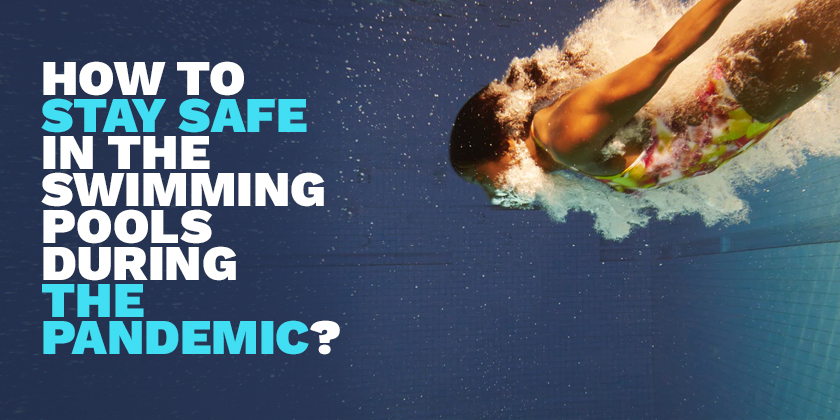
Reopening of Public Swimming Pools During COVID-19: How To Stay Safe
September 29, 2020
Life Saver Pool Fence: 6 Tips To Prevent Swimming Pool Accidents
October 31, 2020Did you know?
The CDC tallied 3,709 deaths from accidental drowning or submersion in 2017, the most recent year with data available.
Drowning or deadly water accidents aren’t limited to inexperienced swimmers but can happen with professionals too. Shallow water blackouts can have devastating consequences on experienced swimmers. Moreover, being a victim of dry drowning increases the risk of death. Some victims may suffer from dry drowning immediately after a rescue or up to 24 hours later. This is where guidance on shallow water blackout and dry drowning can help prevent fatal water incidents.
So before you go on your next trip to the swimming pool, here are a few things that you must know:
#1. Shallow Water Blackouts
Shallow water blackout refers to the incident of getting faint underwater. It results from a lack of oxygen (hypoxia) to the brain due to holding your breath for a long-time.
It occurs when a swimmer is not able to take a breath quickly enough. It generally happens when swimmers hyperventilate before going underwater, probably to inhale as much oxygen as possible into their bodies, reducing carbon dioxide levels in the body. The lower carbon dioxide levels naturally signal the swimmer’s body to rise to the surface to get more air. If a swimmer doesn’t get signals in-time due to a deficiency of carbon dioxide, it can lead to shallow water blackout. Remember, victims of shallow water blackout need immediate attention. It can happen in as little as 2-3 feet of water and can kill in a matter of minutes.
Shallow water blackout incident can happen with anyone – experienced and non-experienced swimmers, so always make sure to have a swim buddy or lifeguard who can help you get out of a dangerous situation.
#2. Dry Drowning
Dry drowning incidents happen rarely, but they’re too dangerous and highly preventable. It usually occurs with small children who might have accidentally inhaled underwater in the pool. It can also happen with adults when they’re roughhousing in the pool or when a wave hits them in the ocean. It can result in two consequences:
- Difficulty in breathing – The inhaled water can block a swimmer’s airways by impacting his/her vocal cords, leading to breathing difficulty.
- Drowning – If water reaches a swimmer’s lungs, it can cause pulmonary edema and difficulty in breathing. Some of the symptoms of dry drowning are difficulty breathing, coughing, chest pain, and lethargy. The situation will often resolve itself, but in severe cases, it can lead to death, so make sure the victim gets medical attention immediately.
Tips to prevent the risk of Shallow Water Blackouts and Dry Drowning
Life Saver Poolfence encourages swimming safety for a reason. While these incidents occur rarely, they can lead to severe consequences. You can prevent the risk of shallow water blackouts and dry drowning by following these tips:
- Don’t let your kids swim alone.
- Install a pool fence around your pool to keep your kids out of the pool in your absence.
- Watch out for the signs of dry drown once your kids leave the water.
- If you’re going swimming, make sure to have a buddy or lifeguard to reduce the risk of an unnoticed blackout.
- Take a seminar to learn breathing techniques necessary for swimming.
- Get CPR certified so that you can help anyone in trouble due to water incidents.
- Never mix alcohol and swimming.
Understanding the risks of swimming can help you keep yourself and your family safe. Also, don’t forget to follow the preventative tips to be safe while swimming. If you want to install a pool fence around your pool, do reach out to us!




